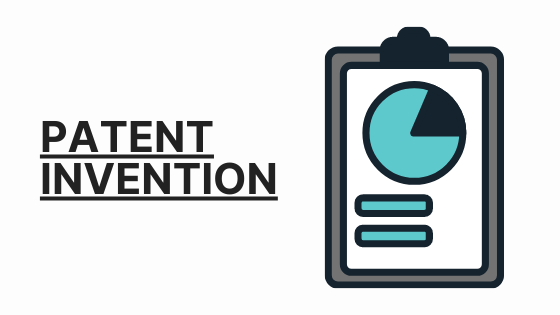
The USPTO rarely grants a patent solely upon the filed patent application. Instead, your patent application will likely be rejected for one or more reasons. These are provided in communication from the USPTO called an Office Action.
There are many reasons why a patent application is rejected, such as improper disclosure of the invention, improper figures, or issues with existing patents (called “prior art.”). A patent professional has experience responding to a variety of patent office actions, and can often assist you in overcoming USPTO rejections as discussed on https://www.jpost.com/Special-Content/Get-Your-Invention-Off-the-Ground-with-the-Support-of-InventHelp-624132.
It is important to note that any document submitted to the USPTO becomes part of the record for your patent application. The USPTO may use your response against you. Working closely with a patent professional, such as a registered patent agent or a registered patent attorney will often be beneficial.

The rates for responding to patent office actions should vary depending on the invention, the rejections raised by the USPTO, and the time allowed before responding to the office action (earlier is less expensive).
Allowance and issue
Once you have satisfactorily overcome all of the objections raised by the USPTO, your patent application is allowed. Upon payment of the proper fees, your patent will be issued. It will be published, and you will receive an official ribbon-sealed copy.
Maintenance
An issued utility or plant patent in the U.S. is valid for 20 years from the earliest filing date, and a design patent is valid for 14 years. Maintenance fees are due to keep the patent valid and in force. Lack of payment of these fees will cause the patent to lapse as you can read from https://spacecoastdaily.com/2020/03/inventhelp-the-way-forward-for-new-inventors/.


